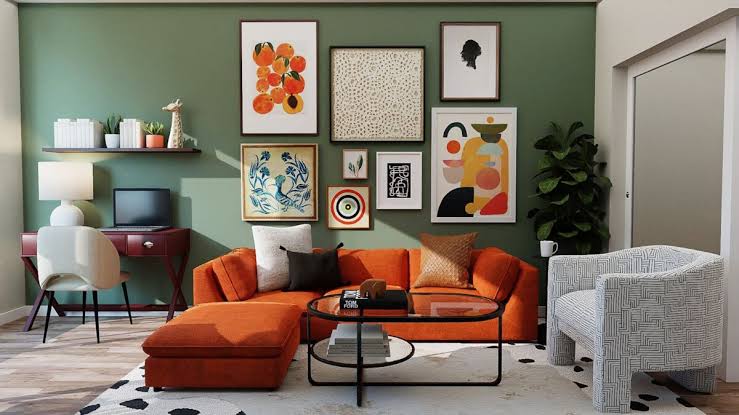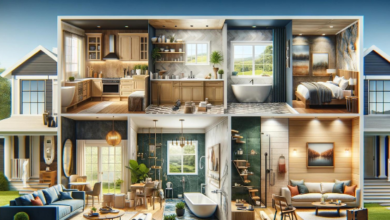Mastering the Art of Home Staging: Tips from the Pros

In the competitive world of real estate, presentation is paramount. When you’re looking to sell your home, you want to ensure it stands out from the crowd, capturing the attention of potential buyers and maximizing its value. This is where the art of home staging comes into play. Home staging is more than just decluttering and rearranging furniture; it’s about creating a captivating environment that resonates with buyers on an emotional level.
To help you master this art form, we’ve gathered insights and tips from seasoned professionals in the field. Whether you’re a homeowner preparing to sell or a real estate agent seeking to elevate your listings, these expert strategies will guide you toward success.
Understanding the Importance of Home Staging:
Before delving into the tips, let’s briefly discuss why home staging is crucial in today’s real estate market. First impressions matter immensely. A well-staged home not only showcases its full potential but also helps buyers envision themselves living in the space. Additionally, staged homes tend to sell faster and at higher prices compared to their unstaged counterparts. By investing time and effort into staging, you’re not only enhancing the aesthetic appeal of your property but also increasing its perceived value.
Tip 1: Start with a Clean Slate:
The first step in effective home staging is decluttering and deep cleaning. Remove personal items, excess furniture, and any clutter that can distract buyers from envisioning the space as their own. A clean, uncluttered environment allows for better flow and highlights the architectural features of the home. Consider hiring a professional cleaning service to ensure every corner sparkles.
Tip 2: Depersonalize the Space:
While your style may be impeccable, it’s essential to neutralize the décor to appeal to a broader range of buyers. Remove family photos, religious items, and highly personal décor choices. Neutral colors and minimalist accents create a blank canvas that allows buyers to visualize their own furnishings and design preferences in the space.
Tip 3: Maximize Natural Light:
One of the most sought-after features in a home is ample natural light. Open curtains, blinds, and shades to let the sunshine in. If the home lacks natural light, strategically place mirrors to reflect light and create the illusion of a brighter, more spacious interior. Well-lit rooms feel more inviting and uplifting, enhancing the overall appeal of the property.
Tip 4: Focus on Curb Appeal:
The exterior of your home sets the tone for what awaits inside. Boost your home’s curb appeal by maintaining a well-manicured lawn, trimming bushes, and adding fresh flowers or plants to enhance the landscaping. A fresh coat of paint on the front door and updated hardware can make a significant impact without breaking the bank. Remember, the goal is to entice potential buyers from the moment they arrive.
Tip 5: Define Functional Spaces:
Buyers want to see how each room can be utilized to meet their needs. Define the function of each space by arranging furniture in a way that highlights its purpose. For example, designate a cozy reading nook in the living room or create a home office area in a spare bedroom. Make it easy for buyers to imagine themselves living in the home by showcasing its versatility and functionality.
Tip 6: Invest in Quality Photography:
In today’s digital age, the majority of homebuyers begin their search online. High-quality, professionally taken photographs are essential for capturing the attention of potential buyers. Work with a skilled photographer who specializes in real estate photography to showcase your staged home in its best light. Clear, crisp images that highlight key features and amenities will attract more interest and inquiries.
Tip 7: Add Finishing Touches:
After completing the staging process, incorporate meticulous finishing touches to enhance the home’s overall aesthetic charm. Fresh flowers, stylish throw pillows, and tasteful artwork not only infuse warmth but also imbue the space with personality. Be diligent in attending to details like lighting fixtures, hardware, window treatments, and even the fireplace mantel to ensure a harmonious flow throughout the home.
In Conclusion
Mastering the art of home staging requires a combination of creativity, attention to detail, and strategic planning. By following the tips from seasoned professionals outlined above, you can transform your home into a show-stopping masterpiece that commands attention and drives results in the real estate market. Whether you’re preparing to sell your home or assist clients in their selling journey, remember that effective staging is the key to unlocking the full potential of any property.





